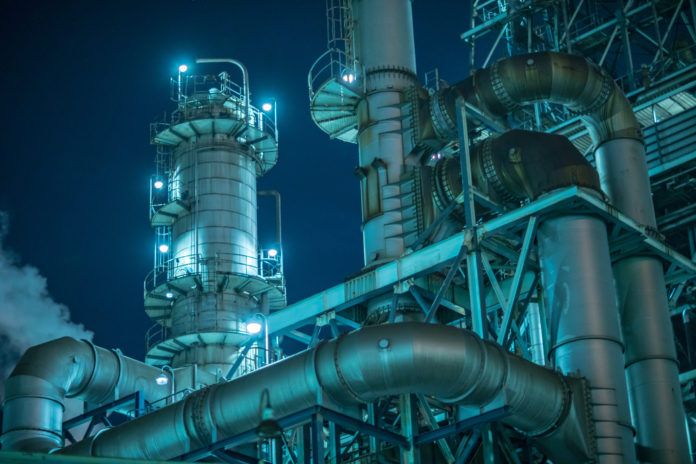In the last 30 years, chemical facilities operating in Louisiana have cut air emissions by 75 percent. Once inconceivable, this accomplishment is now a reality.

Our state’s chemical facilities continually work to meet or exceed every benchmark put in place by the Louisiana Department of Environmental Quality and U.S. Environmental Protection Agency. Through investments and environmental innovations, Louisiana industry has demonstrated a long-term commitment to employees, neighbors and communities across our parishes.
The petrochemical industry in Louisiana is the most highly regulated industry in the entire United States. Rigorous rules meant to ensure that chemical companies better track, report and prevent processes and incidents that could impact communities, employees and the environment are constantly raised and upgraded.
In the last three decades alone, the state of Louisiana and the EPA have enacted hundreds of new laws and regulations impacting the industry. For example, the Toxic Release Inventory began its work in 1986 and more than 300 chemicals were initially listed for monitoring. Today, 595 chemicals are being monitored.
Scientific advances have improved the medicines we take to improve our health. Similarly, new technology, scientific data and environmental science have made the manufacturing process safer for people and the environment.
Chemical companies have dedicated billions of dollars to upgrade facilities with new environmental technology, including extensive air and water monitoring investments. The newest facilities, including ones being built right now in our parishes, are constructed with the latest technology and cutting-edge environmental science initiatives to provide employees and communities with the best available health and safety processes and work environments.
A 2017 Clean Air Action Report by a coalition including the Capital Region Planning Commission, demonstrates that growing industry is actually causing emissions to go down, not up. The report highlighted the “remarkable” progress made in decreasing ozone emissions in the Capital Region from high levels in the mid-1980s, even as the number of chemical facilities increased.
Earlier this year, the Louisiana Tumor Registry reviewed cancer incidence and death rates between 2011 and 2015 across Louisiana, including the seven-parish industrial corridor between New Orleans and Baton Rouge. This registry is funded by the National Cancer Institute, Centers for Disease Control and the state of Louisiana.
In the industrial corridor of Louisiana, incidences of cancer are at or below the rest of the state. Caucasian women in this region had much lower incidences of cancer when compared to the entire state. Cancer incidences in Caucasian men and African-American men and women were in line with the cancer incidence rates for all of Louisiana.
In our industry, we operate in the world of science and facts. Indisputable data from the Tumor Registry shows the census tract with the highest cancer rate in Louisiana is New Orleans’ Central Business District, an area home to office towers and restaurants, not industrial and manufacturing facilities.
Compared to the world we lived in 30 years ago, our cars are safer today because of new technology. Our houses are stronger because of new building products, codes and laws. Products used every day by every Louisianan are better because of scientific and technological advances embraced by the petrochemical industry.
Greg Bowser is the CEO and President of the Louisiana Chemical Association.



